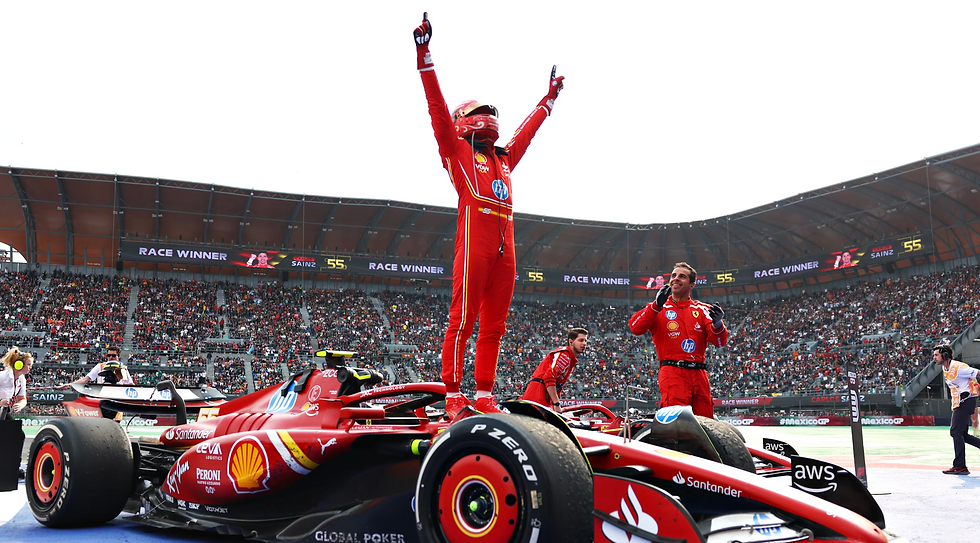First Impressions: Are the New F1 Regulations Successful?
- DIVEBOMB Motorsport
- Apr 2, 2022
- 2 min read
Written by Michael Golovach, Edited by Scar Stewart

Now that the Bahrain and Saudi Arabian Grands Prix have passed, we've got a lot to talk about, particularly from a technical standpoint.
Brand new rules of the new era in Formula 1 have dictated close on-track battles, simpler overtaking and less ‘dirty air’. We have even seen the return of ‘ground effect’, an innovation not seen since the late 1980s, which is offered by a revolutionary new floor design.
Simpler and higher situated front wings, combined with sharp end plates, should help in following the car in front; and new 18 inch tyres (as we have in Formula 2 as well), covered by winglets, combined with reshaped brake ducts help direct air away from the rear wing. Combined with new sidepods and entirely new designed rear wing, these changes were set to improve racing, by making it easier to follow the car in front.
Looking at these first two races, which happened in the desert of Bahrain and on the shore of Jeddah, we can say that new rules work, but maybe not as effective as we once expected and were anticipating. However, what we can undoubtedly say is that Drag Reduction System (DRS) power is truly immense, and without it, it could've been dramatically difficult to overtake.

Charles Leclerc told Autosport.com that races without [DRS], would be "very boring". He commented that "following [the car in front] has been better than last year and it's a very positive step, I still think it's not enough to get rid of the DRS".
In addition Max Verstappen stated that without DRS, he would have never passed Leclerc, finishing the Saudi Arabian GP in second place.
Reliability also is a big concern, as we've seen in the final stages of the Bahrain Grand Prix, both Red Bulls surprisingly DNF'd at almost the same time, and in Saudi 3 cars retired in a matter of 2 laps. Adding to this topic, before the Grand Prix in Jeddah, Yuki Tsunoda's AT03 didn't even make it to the grid and stopped on track before the race.
For now this big question lies on the shoulders of engineers, team principles and drivers, to keep up to speed with the new era and tune their machines to unmatchable perfection.
Follow DIVEBOMB on all our socials:














Comments